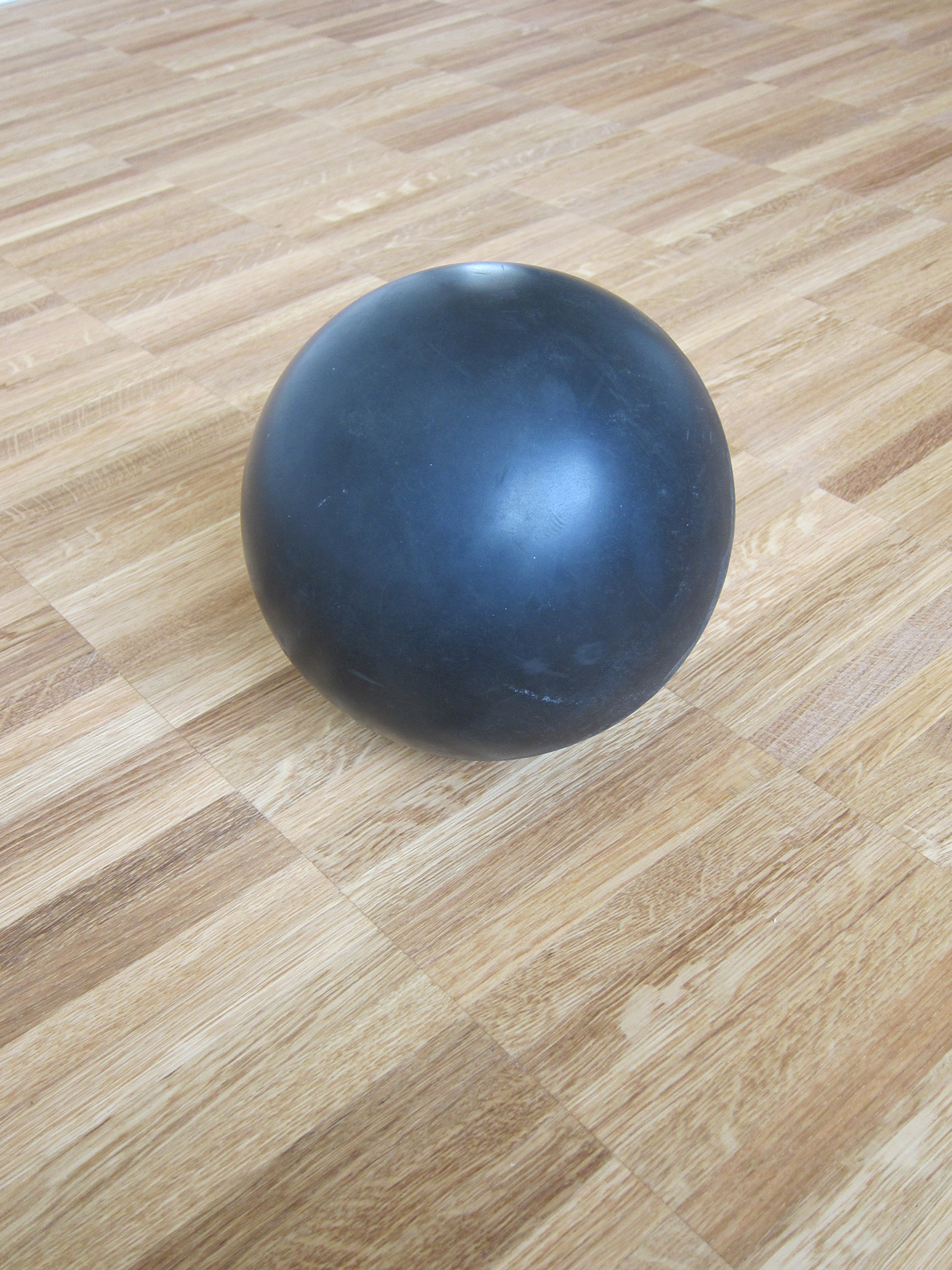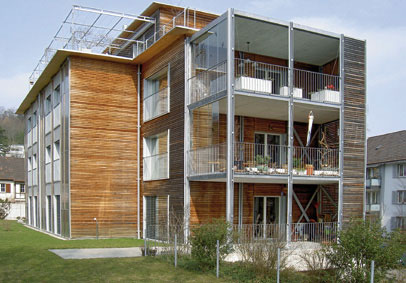

Living in a good neighborly environment is very pleasant. However, the good neighborhood is at risk if the desired level of silence cannot be achieved when closing the front door of your home. One of the main reasons is the transmission of noise from the apartment above. Especially if the impact sound is insufficiently insulated, listening in is unavoidable and every step of the neighbor is disturbing. Impact sound appears as low-frequency and impulsive noise, which is perceived as annoying. Floating screeds, for example, which are installed in multi-story residential buildings and increasingly also in single-family houses, offer some protection. The efficiency of the ceiling construction depends both on the materials used and the quality of the implementation. The acoustic quality is currently described by the normalized impact sound pressure level, which is measured with a standardized tapping machine.
Impact sound is of high relevance especially for buildings in lightweight construction, for example buildings with a supporting structure made of wood. Even with approved ceiling systems and requirement values being adhered to, there were considerable complaints from the residents. Therefore, acousticians and psychologists participating in the European research project ACUWOOD particularly aimed to investigate the evaluation of impact sound in detail. The subjective assessment of impact sound by test persons in the laboratory and by residents in their real living environment served as a benchmark. Comparing different technical evaluation methods with the subjective perception of walking noise on the same floor slabs showed significant differences. Especially the frequency range of 100 to 3150 Hz, which has been standardized for decades, must be extended to significantly lower frequencies, at least to 50 Hz, in order to achieve an evaluation corresponding to the user’s expectations. Furthermore, evaluation methods were identified that provide a better prediction quality compared to the normalized impact sound pressure level.
On this new basis, requirement values for the different assessment methods were defined. They are based on a subjective assessment and represent the percentage of people who feel annoyed by a specific impact sound pressure level.
The translation of dB values into a subjectively comprehensible scale represents a significant step forward in the field of building acoustics. It enables planers and building contractors to define an individual sound insulation level together with the users, which corresponds to their need for quiet. If inexpensive and at the same time acoustically efficient ceiling systems are also vailable for this purpose, good neighborliness is ensured.